
Get news, updates, & event Info delivered right to your inbox:
16 Reasons Trees Are Good For Our Health
Just as trees provide benefits to entire landscapes by stabilizing soils, providing rich habitat for wildlife, absorbing and filtering stormwater, cooling temperatures and more, they also provide many health benefits. From medicinal trees that human societies have relied on for thousands of years for natural medicine to urban trees that shade city dwellers from dangerously high temperatures, the advantages of living near trees cannot be overstated.
Based on historic records, it’s clear that early humans relied on trees for their very survival — so, you could say they are woven into the very fabric of who we are. We find nourishment in their nutrient-rich fruits, shelter in their limbs, healing in their medicinal compounds, protection as they absorb harmful pollutants, and wonder in their sheer size and beauty. In modern times, research has only substantiated what indigenous people have always known: trees hold the key to our survival.
16 Health Benefits Trees Provide, Free Of Charge
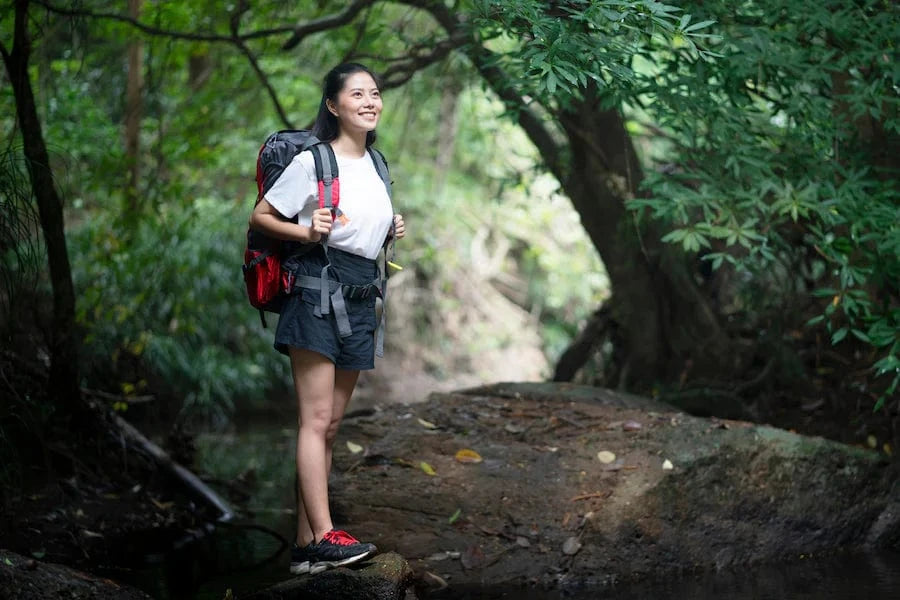
1. All Trees Are Happiness Trees
Numerous studies have demonstrated that the presence of trees in urban settings can improve mental health by reducing stress — living in areas with more green space correlates with lower levels of the stress hormone cortisol. Additionally, trees and green spaces are linked to less negative thoughts, less symptoms of depression, better reported mood, and increased life satisfaction. As you might imagine, one study found that doctors prescribe fewer anti-depressants in urban areas that have trees!

2. Trees Remove Air Pollution
In the contiguous United States, urban trees remove an estimated 711,000 metric tons of air pollution every year. Air pollution in the form of particulate matter (like ozone, carbon monoxide, polycyclic aromatic hydrocarbons, nitrogen dioxide and sulfur dioxide) is linked to a range of human health conditions including bronchitic symptoms, increased risk for glaucoma, heart attacks, changes in vascular function, autism, high blood pressure, cognitive development issues in children, heart failure and increased mortality.
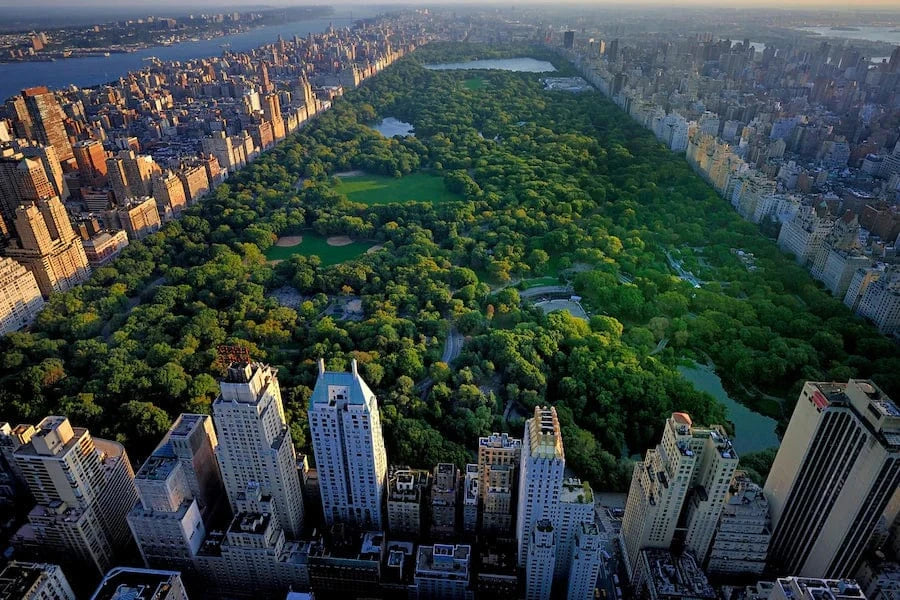
3. Trees Reduce The Urban Heat Island Effect
In a warming world, one of the most pressing threats to human health is the increase in heat and heat-related health problems. This is especially prevalent in cities, where the Urban Heat Island effect combines with heat waves to create dangerous temperature spikes. Well-planned urban tree plantings can help relieve some of the heat pressure on urban dwellers. An analysis of 94 urban areas around the world shows that trees have a significant impact on temperature and are responsible for, on average, 1.9°C of cooling in a city. In fact, trees can reduce temperatures by up to 9°C, a big deal in areas where temperatures spike over 100°F.
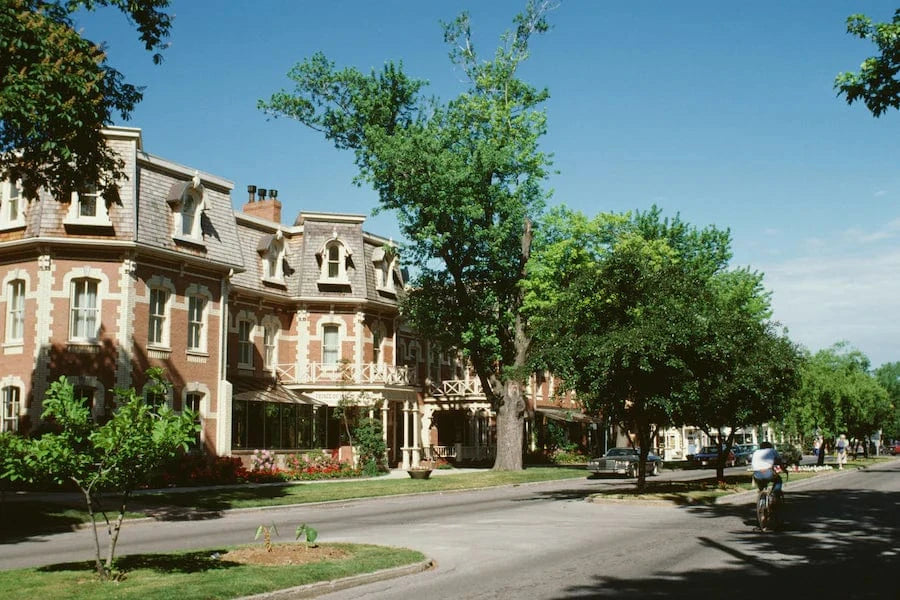
4. Trees Promote A Strong Economy
While it may seem counterintuitive to include the economy on a list of health benefits of trees, a strong local economy means more access to vital resources like fresh, healthy food and adequate healthcare and services. While infrastructure degrades over time, trees only increase in value as they mature, improving property values along with them. Higher property values means stronger neighborhoods and more vibrant communities that feel safe and encourage people to get outside!
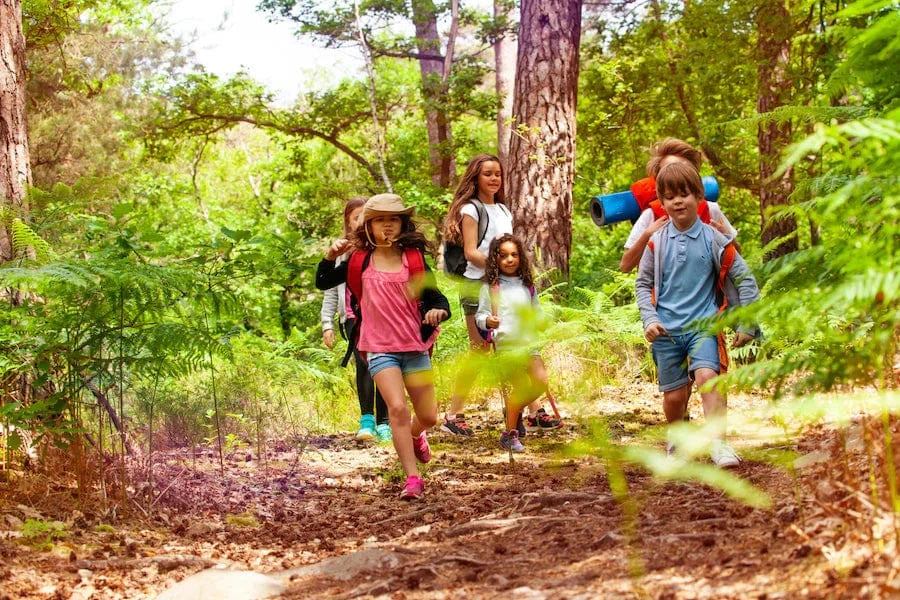
5. Trees Can Improve Children's Attention And Test Scores
Research has shown that stress levels, concentration and intrinsic motivation influence a child's success as a student. Green environments, like trees, are related to reduced symptoms of ADD and ADHD — and studies have shown that children with views of trees are more likely to succeed in school. This can especially help those with information processing issues, behavioral challenges and attention deficit/hyperactivity disorder symptoms.

6. Trees Can Help Us Recover From Illness
A view of trees can help hospital patients recover faster by reducing diastolic blood pressure and stress. In fact, studies have found that just 3-5 minutes spent looking at nature can help reduce anger, anxiety and pain, which encourages relaxation. And as we know, stress plays a big role in our overall health and healing — and too much of it can weaken your immune system. So it should come as no surprise that time spent immersed in or even just looking at nature can help reduce recovery times for patients.

7. Trees Improve Our Cardiovascular Health
Residents of tree-lined communities feel healthier and have fewer cardio-metabolic conditions than those who live in less green areas. Among other factors, this can be attributed to the stress-relieving properties of trees — and the fact that regularly seeing them tends to encourage more regular physical activity in the great outdoors. All of which helps keep our hearts healthy and strong.

8. Trees Improve Our Cognition
Time spent among trees can help people with neurodegenerative diseases. Research into the link between nature and dementia are still at their early stages but the results are promising: during a 10-week woodland activity program for patients with early stage dementia, woodlands were found to promote mental wellbeing and provide a meaningful, purposeful sensory experience. These experiences not only improved spatial awareness, but also helped patients regain a sense of self.
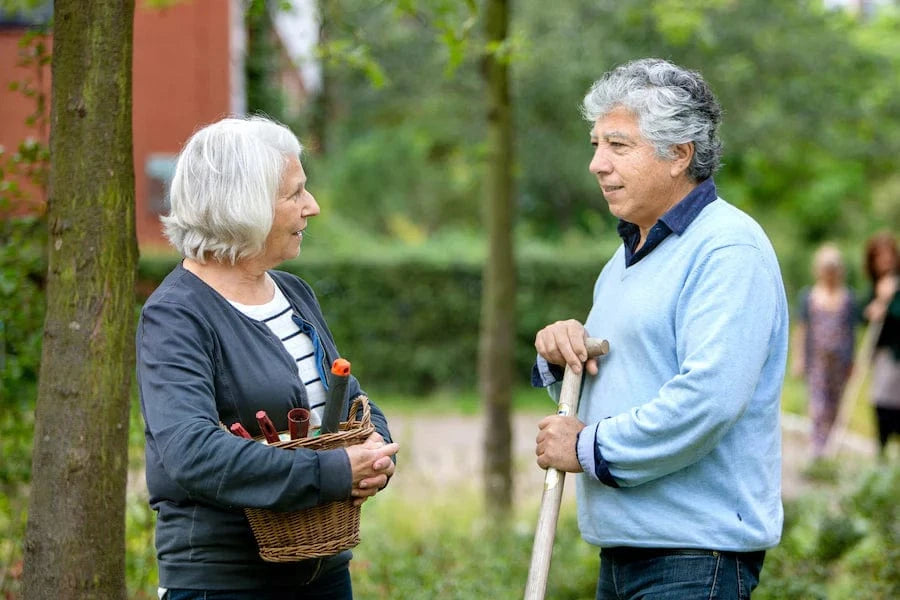
9. Trees Reduce Violent Crime
Well-maintained neighborhood and street trees are associated with increased social capital and ecology of communities, reduced violence and aggression in households and less criminal activity in neighborhoods. In one study, researchers found that when Ash Trees died off in Cincinnati, Ohio (due to the emerald ash borer) crime increased across the city.
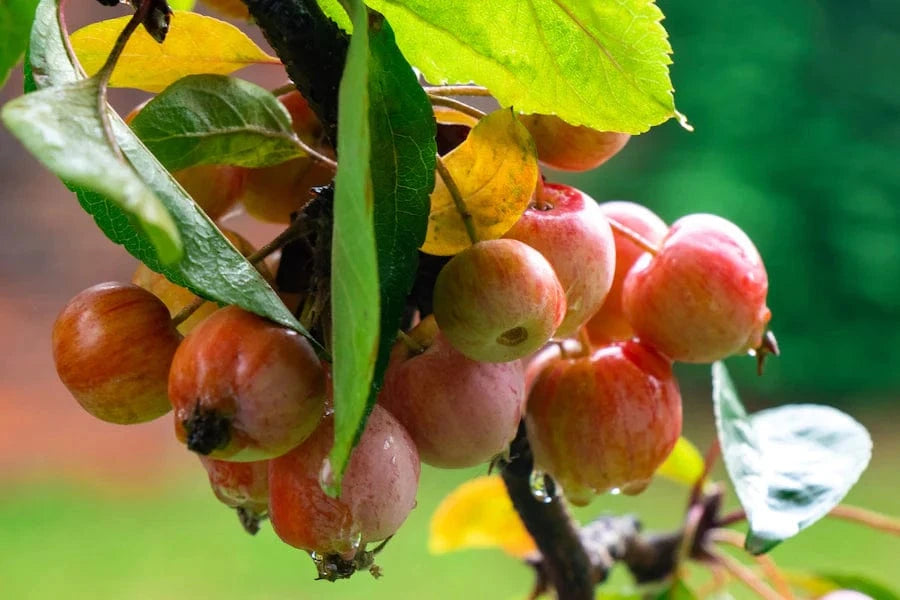
10. Trees Provide A Nutritious Food Source
The idea that trees can improve food security and promote well-being is nothing new. Well planned urban orchards (or urban food forestry) can be an efficient way to provide free or low-cost, nutrient-dense food to people who need it. In New York City, 88% of the street trees grow medicine and food for city residents.

11. Trees can help reduce our exposure to water-borne pollutants
Stormwater runoff can increase people’s exposure to pollution, but trees improve the water quality of runoff by intercepting and filtering stormwater. Thanks to reduced contact with pavement, stormwater that has been absorbed and released by trees is cooler and has fewer pollutants when it eventually enters local waterways.

12. Trees Boost Our Immune Systems
Trees don't just absorb harmful chemicals; they also release beneficial ones. In studies where participants were exposed to phytoncides (chemicals released by trees and plants), their immune systems benefited. In particular, the study observed an increase in natural killer cells (cells of the innate immune system).
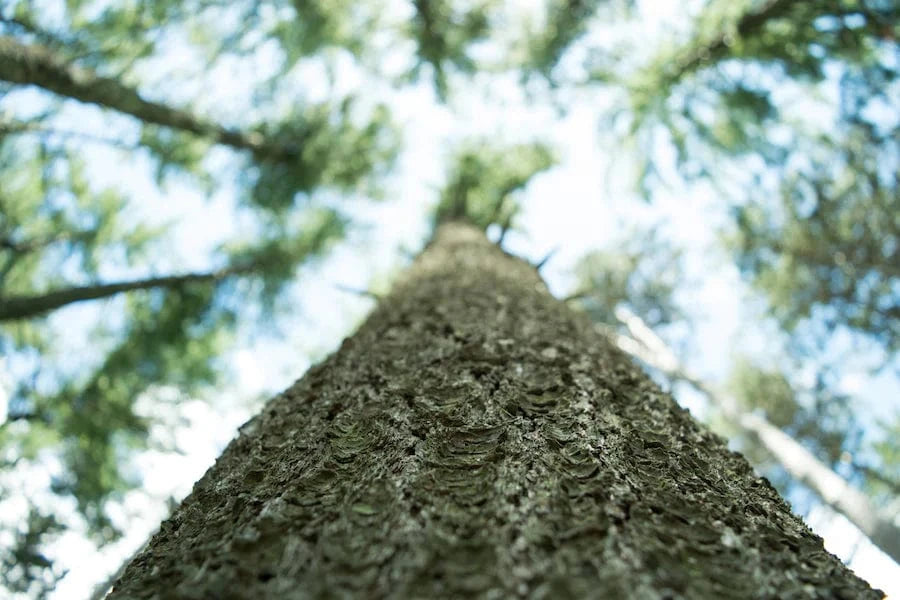
13. Trees May Help Prevent Cancer
Since Natural Killer cells can kill tumor cells by releasing anticancer proteins, and forest bathing boosts our immune systems, forest visits may have a preventive effect on cancer generation and development.
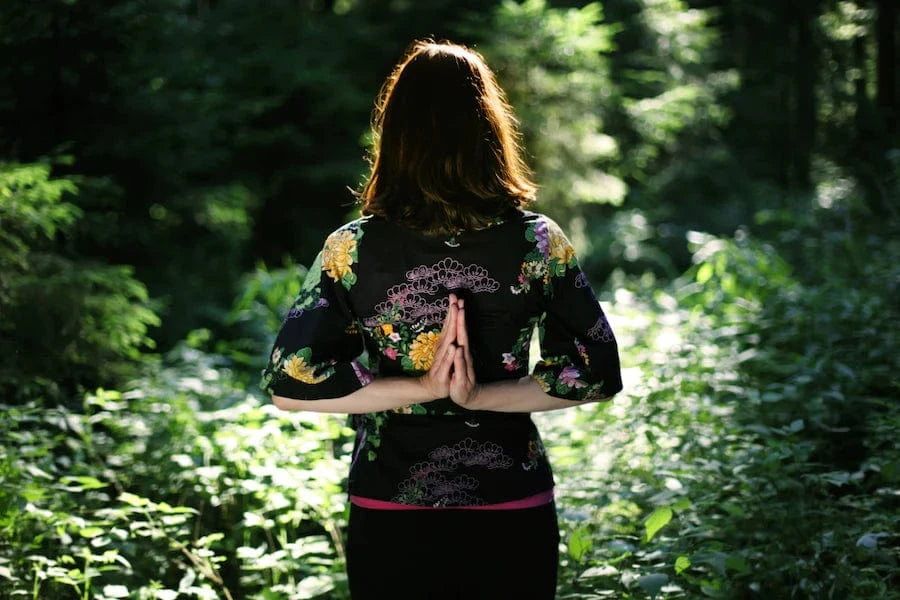
14. Trees Help Reduce Stress
Studies have shown that when we’re exposed to nature, even for just a short time, our parasympathetic nervous system gradually takes control, lowering our blood pressure, pulse rate, inflammation, and cortisol levels and elevating our moods. As a result, we can experience more vitality—and less depression, anxiety, fatigue, and mental fog. Simply put: forests help us feel happy, relaxed, and well.
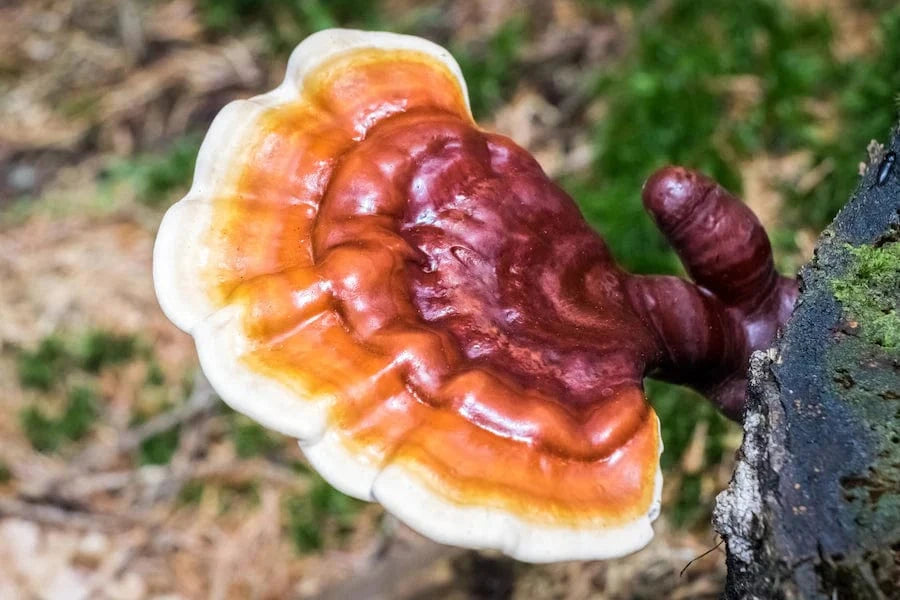
15. Forests Provide Powerful Medicine
Humans have been enjoying the medicinal benefits of trees for thousands of years — and with good reason. Rainforest plants alone provide derivatives that are key ingredients in 25% of modern medicines. Tree and plant extracts contain a variety of bioactive compounds that help with everything from managing pain to staunching bleeding, sterilizing wounds, strengthening our immune systems, and soothing our nervous systems.
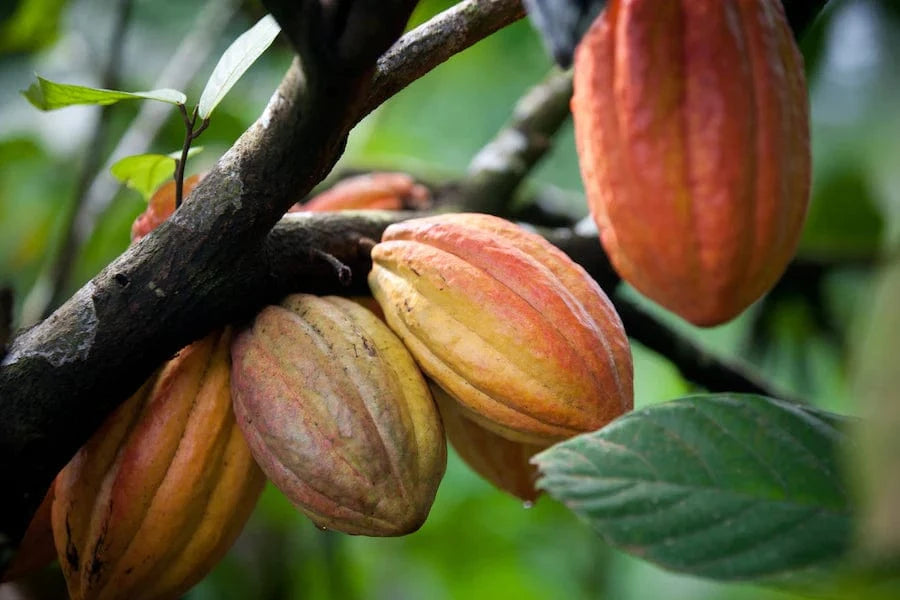
16. Forest Foods Combat Malnutrition
Forest biodiversity helps combat malnutrition and disease in vulnerable populations around the world. Forest food, including fruits and nuts, wild leaves, palms, wild roots and tubers, mushrooms, and insects, form a safety net during lean times. Forest food can also add nutrients that people might not otherwise access — and may help them survive in times of environmental or geopolitical instability like war, famine or drought.
As you can see, trees play a vital role both globally for the health of the planet and on an individual level through the direct health benefits they provide. Want to give back to nature? Support reforestation today!
Get news, updates, & event Info delivered right to your inbox:
Related Posts
9 Sustainable New Years Resolutions
18/12/2025 by Meaghan Weeden
Inspirational Quotes About Trees
16/12/2025 by Meaghan Weeden
The 9 Oldest, Tallest, and Biggest Trees in the World
11/12/2025 by One Tree Planted
Popular On One Tree Planted
Inspirational Quotes About Trees
16/12/2025 by Meaghan Weeden
The 9 Oldest, Tallest, and Biggest Trees in the World
11/12/2025 by One Tree Planted
What Causes Deforestation?
10/07/2025 by Meaghan Weeden
Fundraising Disclosures

Be Part of the
Restoration Movement
The Grove is more than just a monthly giving program: it's a vibrant community of individuals who are dedicated to reforestation and environmental restoration on a global scale.
As a member of The Grove, you affirm your commitment to restoring forests, nurturing biodiversity, and fostering positive global change.



